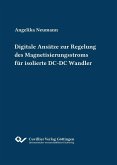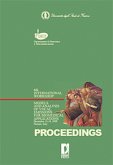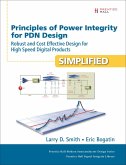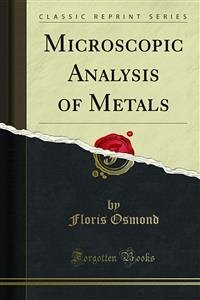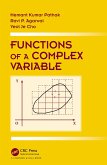This book includes various power converter technologies and different forms of their uses. Boost Step-up converter has been designed as a power electronic device for many important applications compared to other useful converters. The rapid growth of our fundamental needs has led to the development of a wide variety of power electronics and power systems to supply accurate output and many urgently needed services. Power electronics is probably the device in our industrial civilization to work as an automatic integrated control system of interlocked elements. This research discusses how step-up converter can be used in various forms and for various purposes like any other converter and how much it will be useful for our future applications. Closed-loop control system has advantages when unpredictable disturbances or unpredictable variations in system components are present. This book puts a lot of emphasis on the closed-loop system. Although the closed-loop system is higher in cost, it has many benefits and will give overall satisfactory performance. Most of the designs and analyses presented in this book are discussed with closed-loop control performance. Here, it is advisable to use closed-loop control instead of open-loop control. Output maintenance is necessary from time to adjust the desired quality in the open-loop response. Moreover, the open-loop output is neither measured nor compared with the input. Open-loop control can be used if there are neither internal nor external disturbances. But closed-loop control system will perform the desired task in the presence of disturbances. Boost Step-up topology has been presented in this book with so many experimental control methodologies and we get the better output with basic design and compensation of control systems. Closed-loop control circuit improves the energy conversion efficiency and the overall benefits of closed-loop control have been simply illustrated in this research. Stability of the power supply system requires closed-loop development and other secure measurements which have been identified carefully. All the simulation results do suggest the reliable output here which in turn ensures that the proposed system can be utilized for its expected outcome and output applications. From the perspective of power system applications, input voltage impacts many aspects of a power supply including the component stresses, operating point, and performance. Knowing how far a power supply can be pushed in a certain direction and what will be the implications require exact knowledge of the parameter calculation and the internal component ratings which is necessary to find out. From the analysis of overall performance, it can be said that the output is very nicely simulated and finally found to be acceptable through MATLAB Simulink.
This book has been written for electrical engineering students, and it will be helpful for those who are willing to work with power system control and power electronics. Not only that, this book will be helpful for the students and professionals who want to use simulation techniques for control engineering advancements, and the reader will learn and know the simulation in a very simple way.
This book has been written for electrical engineering students, and it will be helpful for those who are willing to work with power system control and power electronics. Not only that, this book will be helpful for the students and professionals who want to use simulation techniques for control engineering advancements, and the reader will learn and know the simulation in a very simple way.





